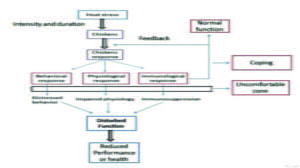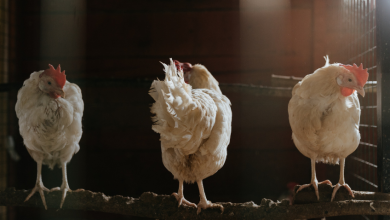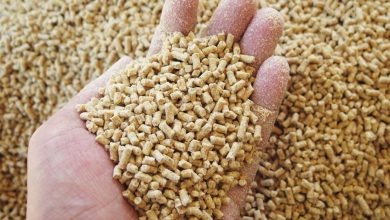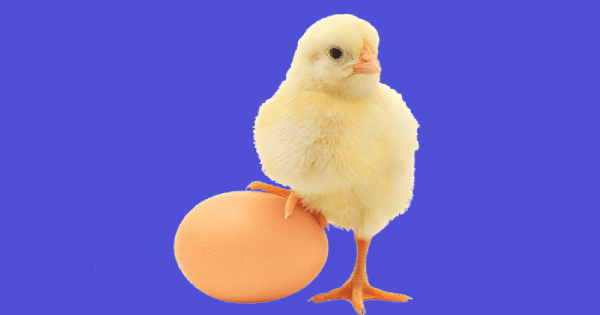Summer management in Poultry: A stitch in time saves nine
Seema Yadav1, PramodkumarSoni1,Shilpa Thakur1 ICAR- Indian Veterinary Research Institute, Bareilly, U.P.
Within the livestock sector, poultry emerges as most efficient sub-sector being a key to food security and nutrition which contributes about 1% to national GDP and 11% of total livestock GDP in India. The world has over 23 billion poultry- about three birds per person on the planet (FAOSTAT, 2016) with an estimated annual growth rate in layersand broilers at 6-7% and 10-15% respectively.
Poultry Industry: Lesser a culprit more a sufferer
Poultry sector which poses less hazard of greenhouse gas emission and global warming, as chickens emit no methane less phosphate and carbon dioxide.Indian poultry faces temperature-associated environmental challenges where climate imposes severe stress on birds and leads to reduced performancebecause birds can only tolerate narrow temperature ranges.The internal body temperature of birds (chickens) at 41.2°C to 42.2°C is measurably higherthan other animals (36°C to 39°C). The upper danger temperature limit falls in the region of 46°C.Thus poultry have considerably lesser window than other animals so they suffer from heat stress and quickly succumb to higher temperature. Domestic poultry is clearly less tolerant of heat than cold and much more likely to die from heat stress (hyperthermia) than succumb to stress associated with low temperature hypothermia.
What Is Heat Stress?
• At temperature above 35o C bird is likely to experience heat stress as having a high body temperature of 41°C and absence of sweat glands makes it difficult for them to dissipate their heat to surrounding.
• Birds first rely on losing heat from blood vessels near surface of skin by process called non-evaporative cooling
• As ambient temperature increases beyond bird’s thermo neutral zone,bird relies on panting / evaporative cooling which is energy expensive way resulting in lower feed intake and reduced growth.
• While birds do compensate for water losses associated with panting by consuming more water, its retention in the body cells is limited by simultaneous loss of electrolytes such as potassium in urine.
• Concurrently water intake is increased resulting in fluid contents in intestinal tract causing diarrhea that results in loss of electrolytes
• Heat stressed bird’s blood flow increases to upper respiratory tract, and peripheral tissues, decreasing blood flow to intestinal tract causing reduction in appetite.
• Heat stress causes detrimental effects on physiology, immunology and microbiology resulting in abnormalities and impaired performances of bird
• Important effect of heat stress is decrease in body resistance and more susceptibility toE.coli and CRD.
| Effect of Stress | Indicators | Mitigation strategy |
| Physiological response | Elevated levels of corticosteroids altering glucose and mineral metabolism resulting in hypercholesterolemia, Cardiovascular andgastrointestinal lesions. | Using basic designing rules to enhance poultry suited to hot environment like shape of housing, ventilation, natural or artificial shading, water consumption and roofing. |
| Heat stress on gut health | Compromised gut health results in reduced nutrient absorption, gut wall integrity and immune system dysfunction leading to poor performance, increased disease susceptibility and higher mortality. | Looking after special needs of chickens in hot climates via application of water, nutrients, electrolytes, vitamins and minerals.
Fat supplementation, use of quality protein and amino acids |
| Immune response | Reduction in chickens thymus, spleen, bursa of fabricus, liver and lymphoid organ weights and immune-suppression | Early heat conditioning with dietary addition of (NH4C), (KCl), and sodium bicarbonate (NaHCO3) and high concentration of triiodothyronine (T3),
|
| Reproductive profile | Reduced size of reproductive organs (follicular and oocyte development). decreases the secretion of the Gonadotrophin-releasing hormone (GnRH),FSH and LH hormones in laying birds and brings infertility | Genomic selection, minerals (Fe, Zn, Se and Cr) and vitamins (vitamin A, C and E), Early feed restriction (EFR). |
| Food safety | stress produces undesirable meat characteristics and quality loss in broilers with low egg production and egg quality in laying hens | Planning of catching, loading and transporting in order to reduce the risk of overheating |
General management tips for summer stress
- Litter preferably fresh litter of 2 inches thickness with racking or stirring of litter 2-3 times a day during cool hours is recommended
- 10% extra floor space should be provided in summer.
- Overcrowding of birds should be avoided.
- Shifting, transportation, de-beaking and vaccination should be done during night or cool hours of the day.
- Birds severely heat stressed may be dipped in cold water for 2-3 minutes keeping their neck and head above water level.
- Provide proper cross ventilation.
- Fans (pedestal, ceiling or exhaust) may be fitted in sheds.
- Use foggers in the shed which could reduce the shed temperature up to 5-10oC depending upon quality.
- Use of paint ,white lime etc. practically reduces the shed temperature up to 2oC
- Use side curtain in shed which should be sprinkled with water.
- Provide 3 exhaust fans on one side and pad cooling on other side (200ft) which completely seals the shed sides and brings down temperature below 8o
- Use sprinklers on the top or inside shed.
- Surround the house with tall trees.
- Thatched roof is suitable for hot areas.
- The house should be situated away from other buildings in order to facilitate free movement of air.
- High altitude of roof is ordinarily 2.6 to 3.3 m from foundation to the roof line to provide maximum ventilation.
- Provide 1meter overhang to cut the direct sun and rain into the house.
Conclusion:
Heat stress has become an emerging topic due to global warming and food security issues. There is a severe need to focus on different mitigation strategieslike adequate ventilation and cooling systems and nutritional adjustmentsto overcome the future challenges to the poultry particularly in the hot climatic regions of the world
Reference:
- Fisinin, V.I., Kavtarashvili, A.S., 2015. Heat Stress in Poultry. II . Methods and Techniques for Prevention and Alleviation. Agri. Biol. 50, 431–443.
- Butcher, G.D., Richard M., 2012. Heat Stress Management in Broilers.VM65 Series of the Veterinary Medicine-Large Animal Clinical Sciences Department, Florida Cooperative Extension Service, Institute of Food and Agricultural Sciences, University of Florida, pp.1–2.
- Abd El-Hack., M.E., Alagawany, M., Noreldin, A.E., 2018. Managerial and Nutritional Trends to Mitigate Heat Stress Risks in Poultry Farms. In Part of the The Handbook of Environmental Chemistry, Berlin, Heidelberg, pp. 1–14.




